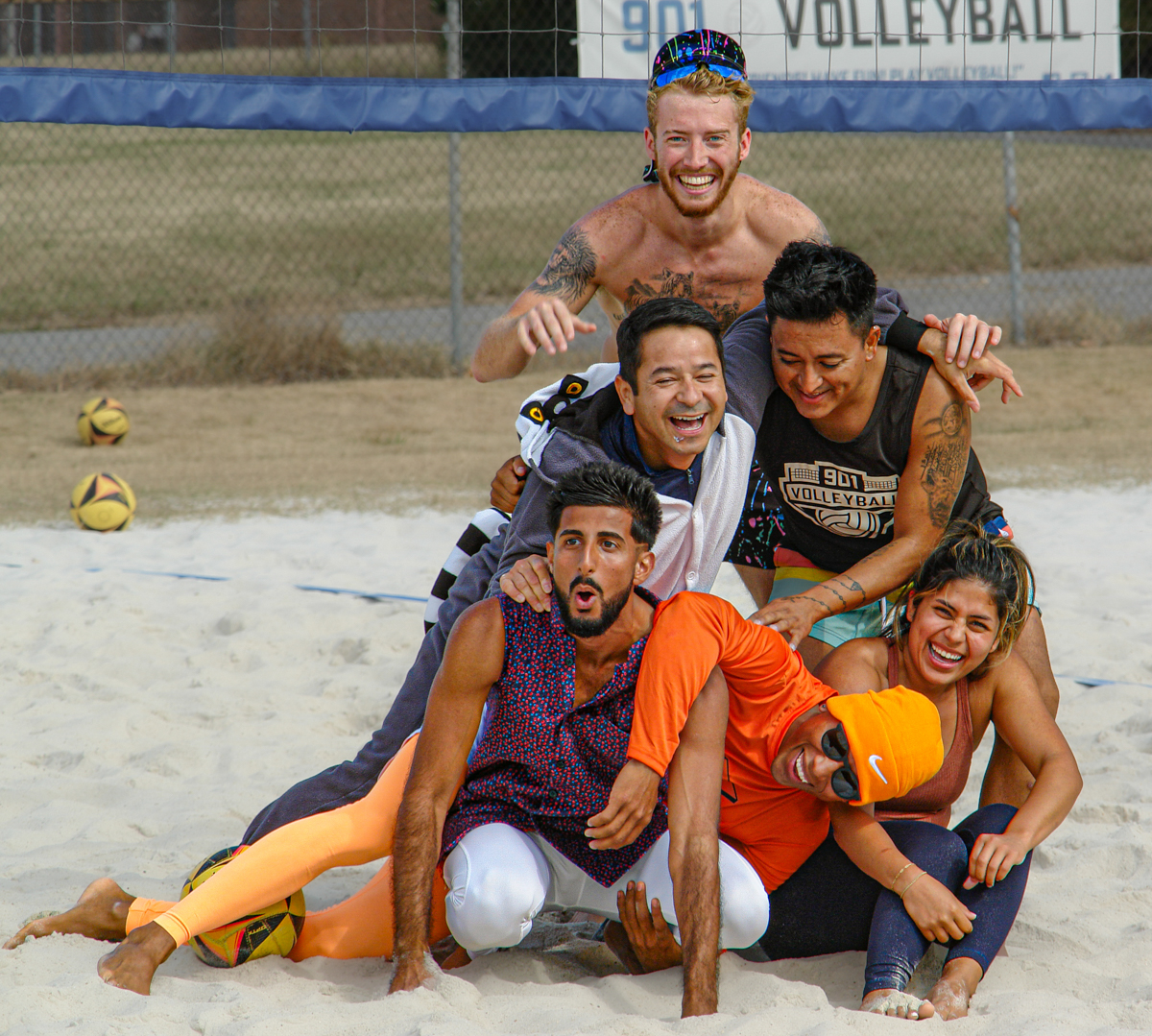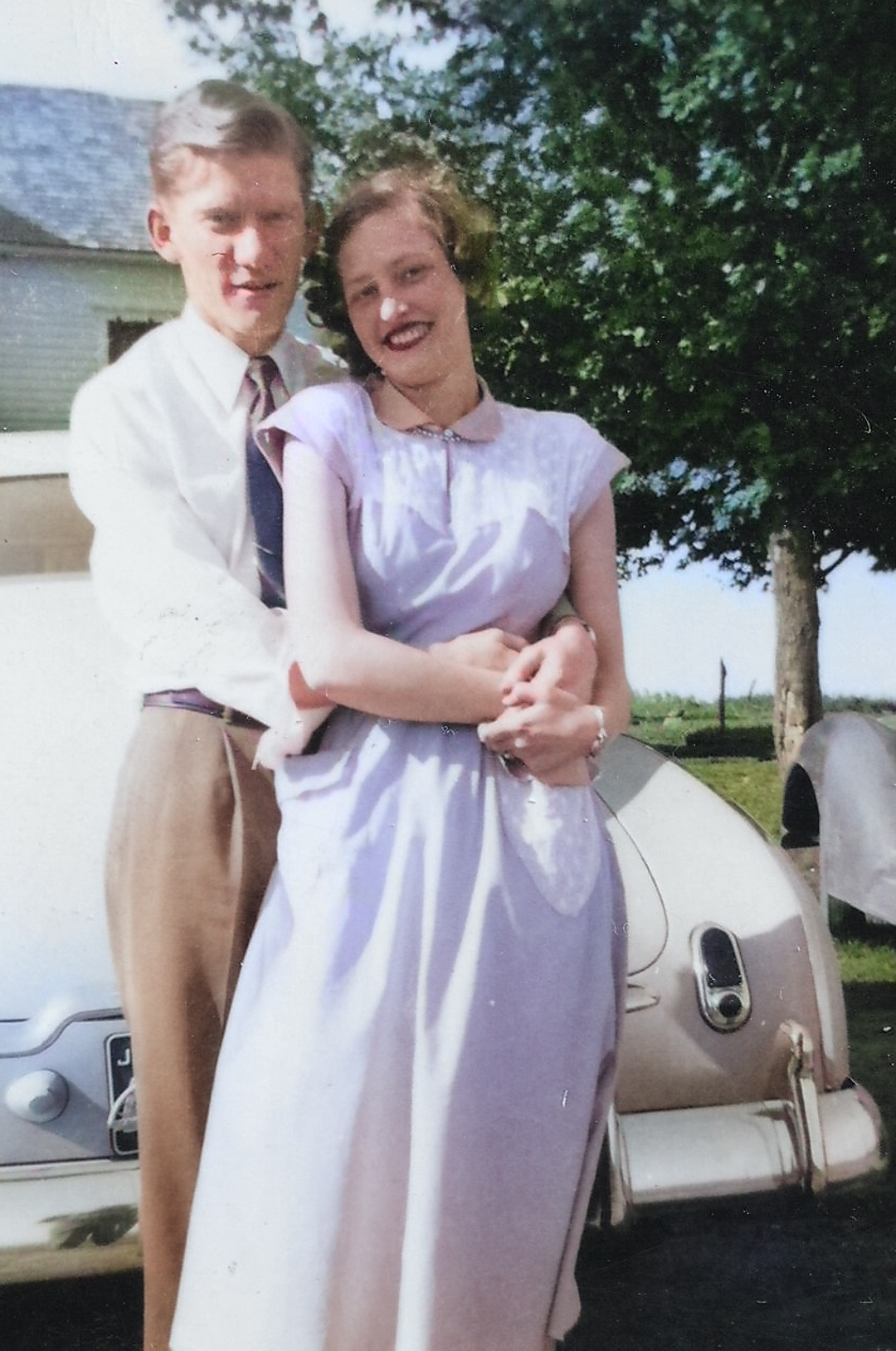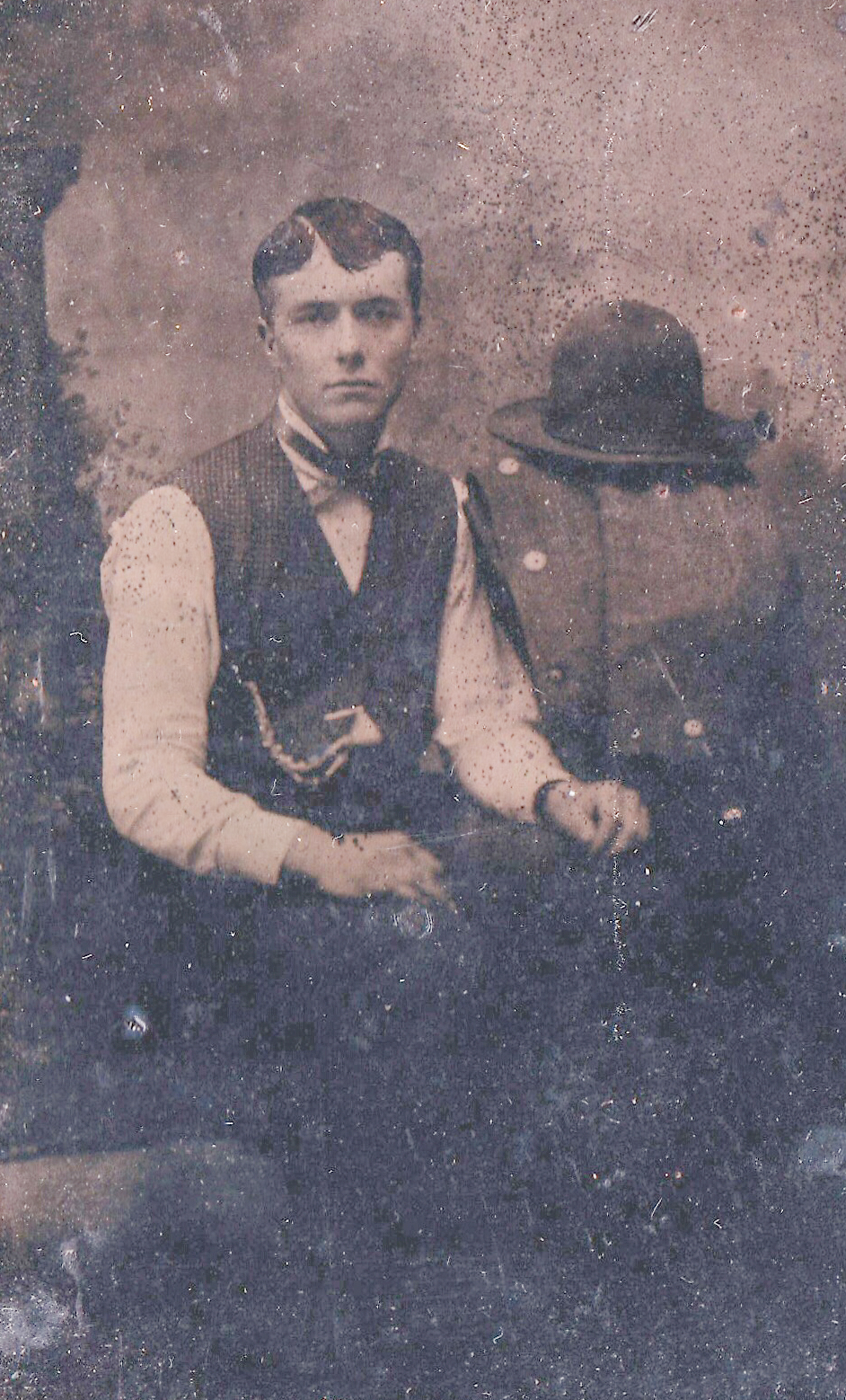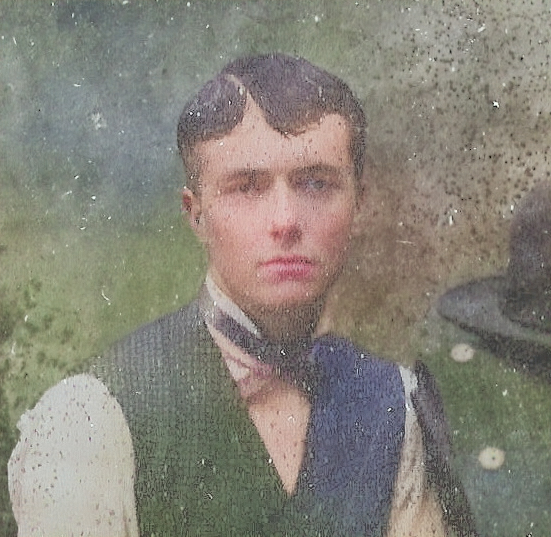
<< Previous Photo | Next Photo >>
Continue the MEMPHIS Thread of Photos
......
This is what a posed photo should look like. I have said earlier that I like candid photos and by the inverse property, you may assume that posed p;hotos are bad. However, that is not my point. I see many of the "people" photos at the camera club and other media that seem to be more about the photo than the person.
Likewise, the posed photo is about making the individual look good and not be a realistic image of the person. The pose can be harmed by these two extremes while I see the more candid the photo the more real it is. My feeling is that the photo that is not at either extreme is going to be the better photo.
 I cannot help but include the idea of "difficulty" in this comparison. For example, comparing two photos of a tiger. You know that one was shot in the zoo and the other in the wild. All of the other comparative factors of composition and technical skill being equal - does the photo from the wild show you the same subject? I do truly believe that it shows more because it comes from an encounter with a dangerous animal in its natural environment. The zoom may have many of the same features, but it lacks the authenticity of the wild capture.
I cannot help but include the idea of "difficulty" in this comparison. For example, comparing two photos of a tiger. You know that one was shot in the zoo and the other in the wild. All of the other comparative factors of composition and technical skill being equal - does the photo from the wild show you the same subject? I do truly believe that it shows more because it comes from an encounter with a dangerous animal in its natural environment. The zoom may have many of the same features, but it lacks the authenticity of the wild capture.
A similar concept is true with people. They may not be wild and dangerous, but people have natural and candid reactions to other people, the world around them and the authentic human expressions of life. The camera and the pose can affect that image - more when it is the central part of the photo. If the camera is completely hidden, the more fully authentic you can feel that the reaction is.
On the contrary, I would say that the more obvious the camera and lighting is, the more difficult it would be to see the "Authentic" reaction.
I am looking at my cat sleeping right now and he seems to have a n endless supply of cute poses. His paw is over his face now as he twists on his back. There seems to be a lot a viewer can see or read into a scene and expression.
I think of endless head-shots of politicians as they speak. Seen back-to-back I imagine it would be hard to tell a difference. However, I think I would feel deceived if I read a story about the President's State of the Union and I was shown a photo of the President making an address to Congress a year earlier. Obviously, for news and photojournalism, this is an important part of photography. The story that is told must be mirrored in the image and the image must be an accurate representation.
I had my digital camera back in 2001 when Nelson Mandela spoke at the National Civil Rights Museum here in Memphis. I only took a handful of photos of him speaking. I was not at the head table, as a matter of fact, I was in the back of the room. But I did get a great photo of him speaking on the monitor that was near my table. It is almost as if I got a clo0se-up of Nelson Mandela speaking.
I am confessing to you now, that I don't really credit that as a good photo. It really looks like a close-up of that speech and I was actually there at the event. But the photo I made does lack that authenticity of me being that close. I can't help but think of it as kind of stolen from the videographer that was at the event.
I hope that I have made a connection between these concepts of photography. The wind tiger, the real human expression and the authentic view from the camera. I feel that these basic ideas create a guideline to better photographs.
 Over the past four years since COVID I have probably done more editing of old photos than photos I have made. I took on a project of scanning my fathers slide collection and have expande;d that to old negatives, black-and-white prints and old family photos. The oldest have come from a collection of my great uncle. He kept prints from the 1920s and 1930s.
Over the past four years since COVID I have probably done more editing of old photos than photos I have made. I took on a project of scanning my fathers slide collection and have expande;d that to old negatives, black-and-white prints and old family photos. The oldest have come from a collection of my great uncle. He kept prints from the 1920s and 1930s.
I have taken on this scanning role to create an archive so I have scanned everything I could get my hands on. The photos that are the oldest, Ihave also attempted to "repair." Age and poor storage has creased and torn them. I have worked to remove stains, direct and damage.
Some of the best photos are these large panoramas of what I believe are the entire enrollment and faculty of a school. It is really a great idea. Some students sit in the grass and professors stand in the back in their bowties. The campus buildings are on the horizon and trees frame the student body. I had to make several scans of the panorama and then stitch them together with Lightroom, but they make a good scan.
I also love the black-and white photos of my father in college. These photos are much better at making them "colorized." It is a neat effect and sometimes very telling. I was surprised at how much more is visible in a color photo - and how much may also be lost. This clearly does not match my "authentic" idea of a good photo p but it is also a per personal view of people I know.
I began the project scanning dad's color slides from my childhood into a shared archive. The general question of "how much do I edit," I solved with some common sense guidelines. First, I was creating an archive so I used Lightroom's non-destructive editing and I only cropped out errors in the edge of the slides. I removed dirt and mildew on the slide but often not all of it. I ;brightened darker slides and muted overexposed photos.
There were only a few instances when I did any really aggressive edits. On a few very poor photos where there was little original data - I sometimes reverted to black-and-white so that some details and faces could be seen. It was most notable on the photos dad took of his parents 50th wedding anniversary. The event was inside and he made photos with no flash and they were very dark. I am amazed at how much Lightroom could recover, but they do not move from bad to good - they are still poor photos. In general I stayed away from any type of "artistic re-edit."
But the "artistic re-edit" line went out-the-window with my mother's SNAPS. These are photos she took in 1949 of her friends and her boyfriend who would become my father. I wanted to see her photos in color.
The SNAPS did not colorize well, but I do think it creates a new look at the photo subjects. I also suppose that this is part of my affliction of the "posed" but natural photos - Like I see in "Volleyball." My mom's friends posed for the SNAPS, but they were playful, interacting among themselves and natural. They did not glam for the camera.
There are some photos of mom dressed up for a posed photo on the front walk to her home. Of course I love these photos but they are to show the clothes, style and mom does not seem to really get involved in the pose. It is all a great archive.
The school photos of my mother did really colorize well. I love isolating my mom from the shots and comparing the black-and white to the color picture because I know the subject. It is a meaningful comparison to me, but it is not very artistically significant.
I have created an archive of my father's photos called Wheat Scan. It is about 5,000 photos and a few other old collections including my great uncle Heber Carroll King of about 250 images. I hope that I can get family, friends and others who know about the subjects to add information to the photos. My sister has helped out but there are so many that I don't know at all. I am afraid that what I do not recognize in these photos will be lost for all time. I supposed that I see that in my photos also.

Photo by unknown.